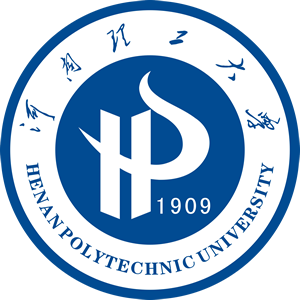
地址: 河南省焦作市高新区世纪路2001号[454000] Tel: 0391-3987069 E-mail: zkxb@hpu.edu.cn,skxb@hpu.edu.cn |

请您访问
|

社会科学版
|
| 供稿: 苏全有;张超 | 时间: 2018-12-19 | 次数: |
摘要:宣讲历来被当作教化民众的重要手段,甲午战后特别是庚子事变之后,清政府开始对原有的宣讲加以变革。1906年《学部奏定各省劝学所章程》的颁布,宣告了宣讲所的成立,也标志着宣讲进入制度化和功能转变的新阶段。就宣讲所在各地的设立情况而言,除京畿地区较早提倡设立外,四川、安徽、湖南、湖北、河南、山西等中西部地区,江浙、两广等沿海地区,奉天、吉林、黑龙江、新疆、蒙古、云南等边疆地区也都相继建立,但发展情况各有不同。就宣讲的内容而言,主要以宣传国家和地方政策,教化人心,开启民智为主,在地方自治付诸实施后,宣传新政特别是地方自治成为另一项主要内容。清末的政府宣讲既是一种道德教化,同时也具有社会启蒙与政策宣传的功能。然而,由于各省宣讲所在数量和质量上参差不齐,官方规定的宣讲规则、内容有一定的局限,宣讲员匮乏和经费不足,官员贪渎和外国势力干扰等限制了宣讲所功能的发挥。
DOI:10.16698/j.hpu(social.sciences).1673-9779.2014.02.012
分类号:K252
Abstract:As an important means to educate citizens, preaching was reformed by the Qing authorities after the first Sino-Japanese War and the Boxer Incident in particular. In 1906, Provisions for Agencies of Exhortation to Learning throughout China Made by the Department of Education was issued, which proclaimed the establishment of the preaching agency and the institutionalization of preaching and transformation of its functions. The preaching agency was first established in the capital surrounding area, and in the central and western regions like Sichuan, Anhui, Hunan, Hubei, Henan, Shanxi, the coastal areas like Jiangsu, Zhejiang, Guangdong and Guangxi, the border areas like Mukden, Jilin, Heilongjiang, Xinjiang, Mongolia, Yunnan in succession, but with various development situation. The preaching is mainly to inform civilians of national and local policies, educate and enlighten the masses. After implementing the regional autonomy, promoting New Deal and especially regional autonomy became another main content. The preaching of the late Qing authorities was not only a moral education, and functioned as means of social enlightenment and policy advocacy as well. However, the uneven quantity and quality of preaching agencies in different provinces, limitations of regulations and contents, inadequacy of lecturers and funds, official corruption and interference of foreign forces all hindered the function of preaching.